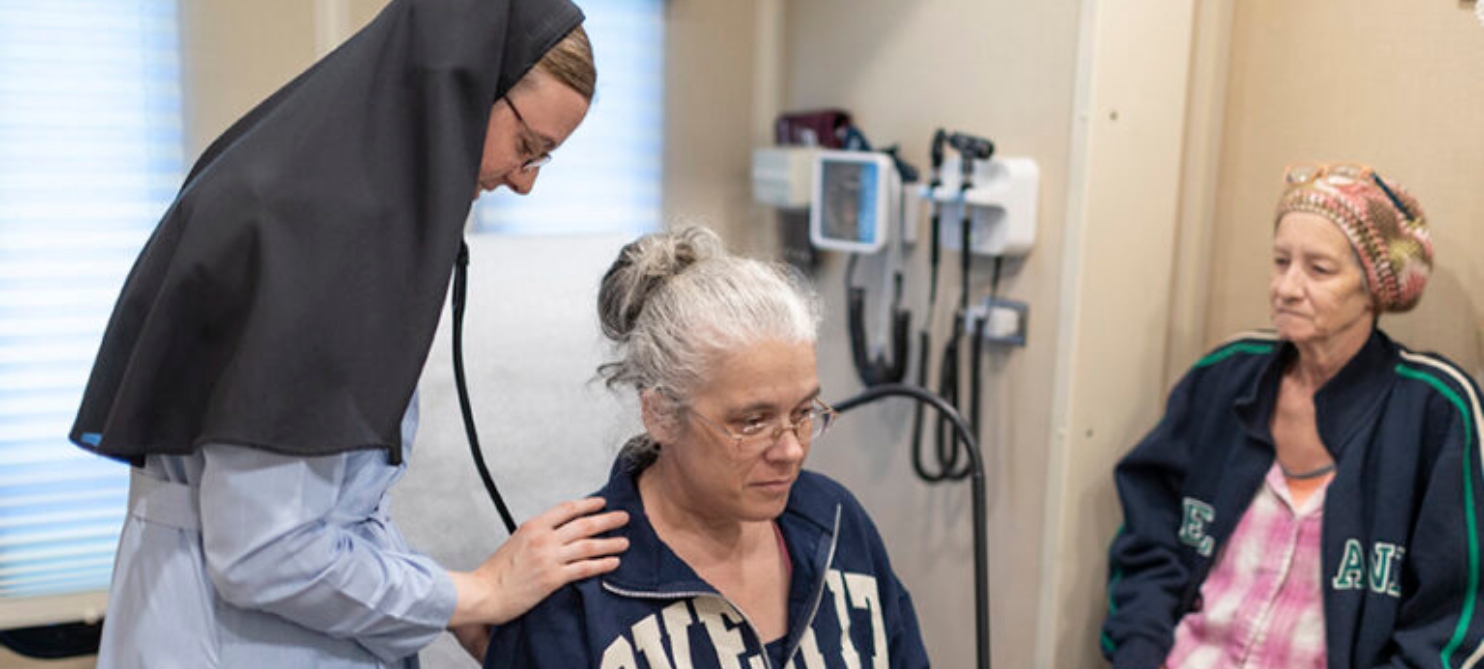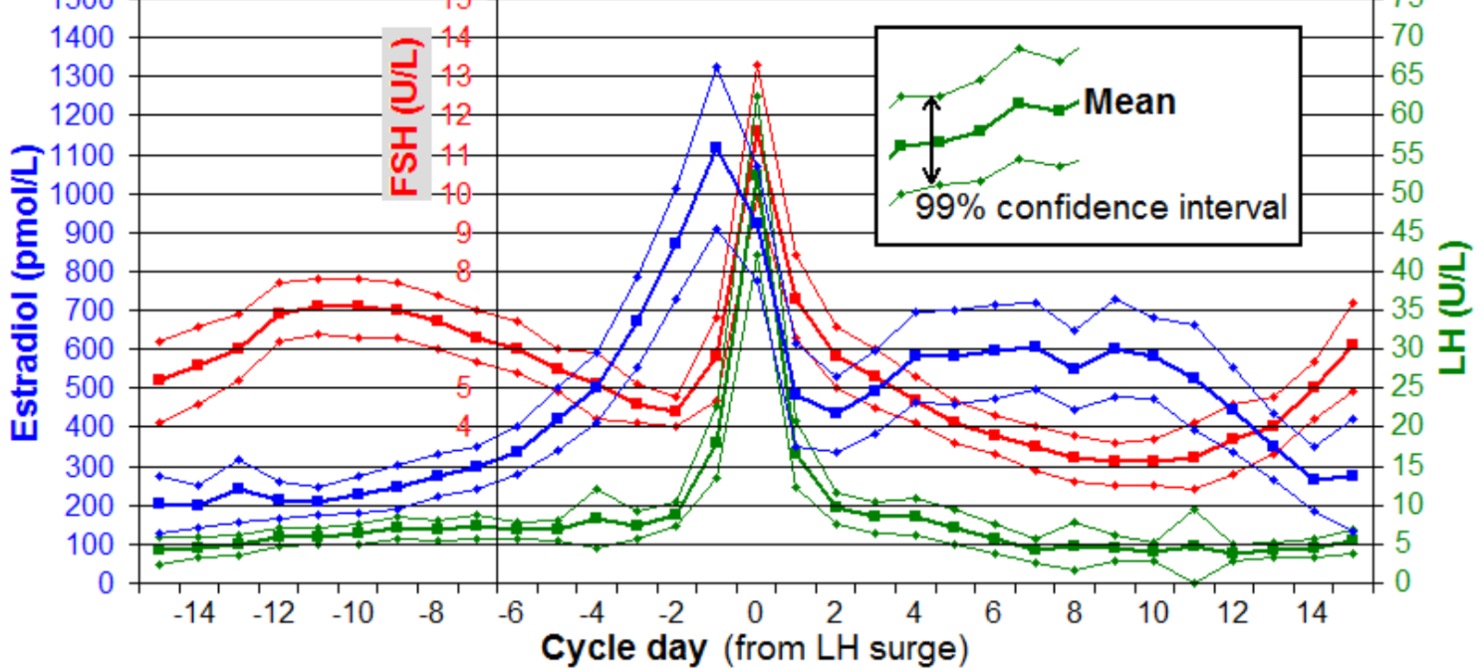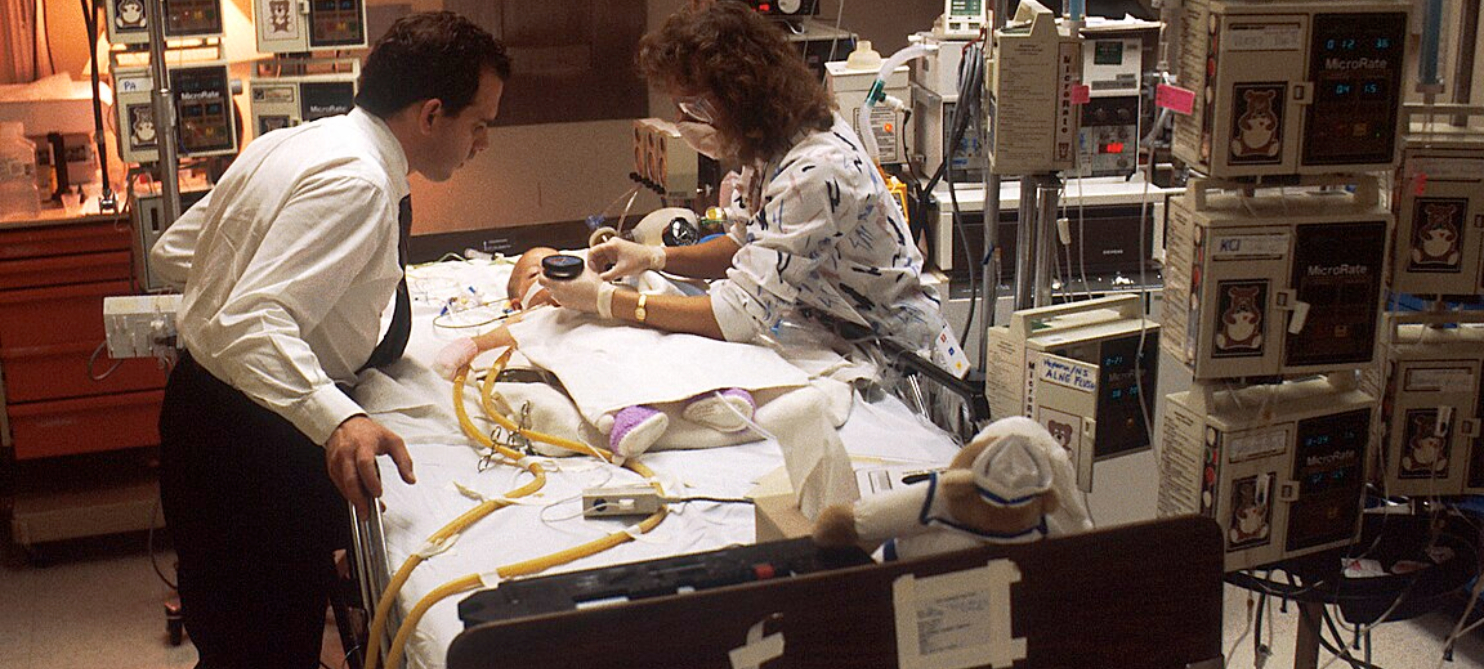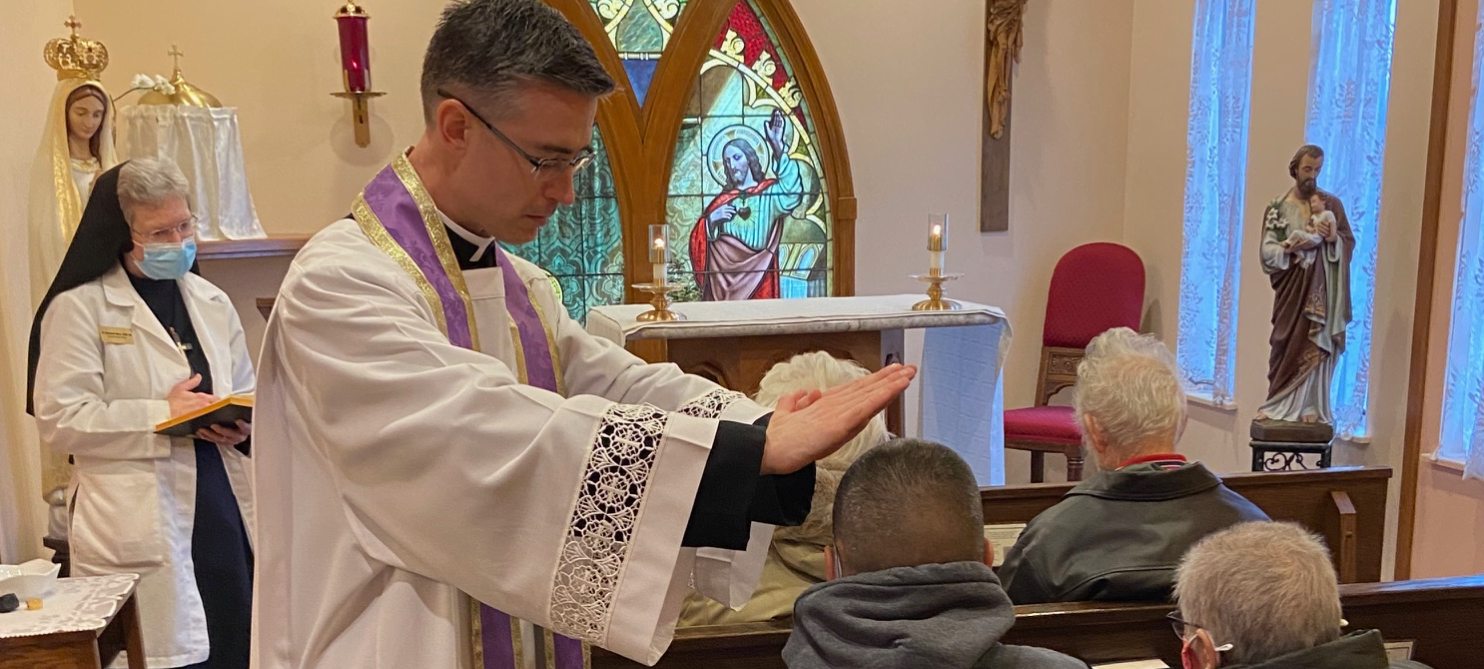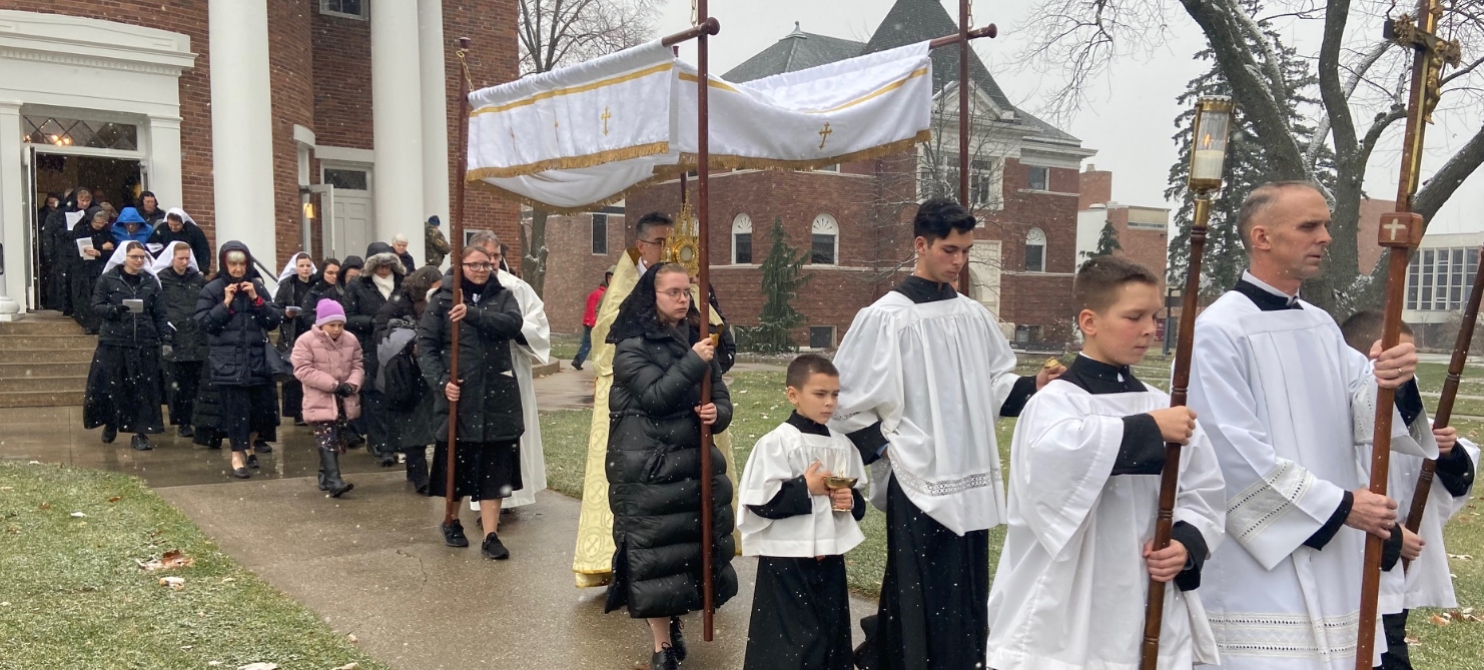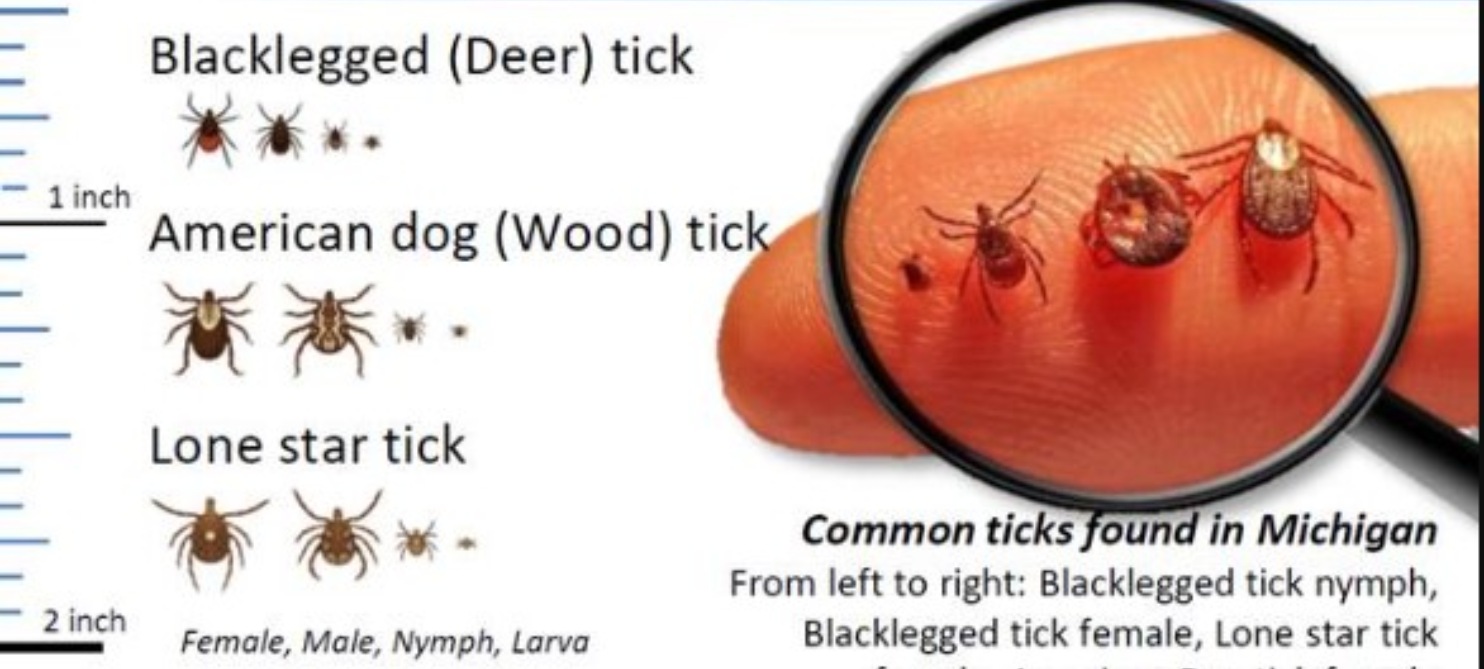You might wonder what in the world Natural Family Planning has to do with National Infertility Awareness Week.
I would invite you to consider how those methods that used to be grouped under the umbrella term of Natural Family Planning (NFP) are more advanced now than most people realize. Today, they have different names that direct the focus to what their true goal is—to teach women about their God-given fertility.
What are Fertility Awareness Based Methods (FABMs)?
What we now call Fertility Awareness Based Methods (FABMs), are simple ways of teaching women about the physical signs of fertility. Only 3% of women worldwide have this knowledge.[i]
Using simple, standardized ways to chart the menstrual cycle and cervical mucus patterns, women can easily learn to identify days of fertility and infertility. With up to 97% certainty, they can identify their time of ovulation.[ii] This knowledge is accessible to all and can reduce health disparity. In 1988, the World Health Organization (WHO) showed that 93% of women who were taught one of these methods were able to correctly identify the fertile and infertile phases in their first cycle, and literacy was not necessary to succeed at the methods.[iii]
One may then rightly conclude that looking at these patterns can also help identify medical problems that lead to infertility. FABMs seek to empower women, and couples, with the knowledge as to why they might be infertile, and to help doctors to diagnose and treat that infertility.
Helping couples diagnose and treat infertility
In this past year and a half, I began training in FEMM (Fertility Education and Medical Management). FEMM seeks to teach women about their ovulation cycle and the hormones that underlie the physical signs they are observing. With a well-developed phone app or a paper chart and some colored pencils, my patients can quickly learn to chart the physical signs they observe, so that both she and I can tell what is happening (or not happening) with her hormones. Cycle irregularities are a sign of something gone wrong. When ovulation isn’t happening, we want to figure out why.
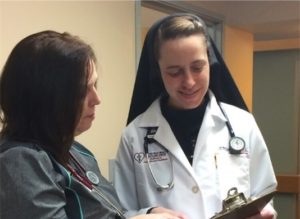
Sr Mary Gretchen Hoffman, RSM, MD Internal Medicine Physician
FEMM is not the only FABM that seeks to teach women to recognize the physical signs of ovulation and fertility. The Pope Paul VI Institute in Nebraska teaches NaPro Technology and the Creighton Model of Fertility Care. Sister Edith Mary Hart, RSM, DO and Sister Marie Paul Lockerd, RSM, DO are two of our Sisters who are family physicians and trained in this model.

Sr Edith Mary Hart, RSM, DO Family Physician
Sister Edith Mary writes about NaPro Technology, “It provides both a medical and surgical approach to infertility and provides couples with an answer for why they suffer from infertility.” She reports an experience with a particular patient for whom she was able to diagnose the reason for multiple previous miscarriages by recognizing low progesterone levels. Once this diagnosis was reached, she was able to support this patient’s next pregnancy, which was already threatening miscarriage, with supplemental progesterone. “We supported her with progesterone through her pregnancy and she had a beautiful and healthy baby girl. NaPro Technology provided her with both an explanation for her prior miscarriages and enabled her to successfully bring her baby to term.”
Sister Marie Paul Lockerd, RSM, DO shares, “One couple who came to me with a great desire to have children had been trying for a few years to achieve pregnancy. I taught them the Creighton Method of Fertility Care. At the very first class, I explained the signs of fertility including mucus and I also shared with them that ovulatory pain is a sign of fertility. The very next month they returned to the office for follow up and they were pregnant. She explained that once she connected ovulatory pain with seeing fertile mucus, she understood her fertile cycle. “

Sr Marie Paul Lockerd, RSM, DO Family Physician
Infertility can be a heavy cross to bear for women who strongly desire to be mothers. FABMs cannot always identify and fix the problem that is leading to infertility, yet, they can raise awareness for all women about their natural physical signs which herald the beautiful gift of fertility.

If you or someone you know would like to learn more about one of the multiple methods of fertility awareness, check out the links below. And, when the schedule permits, I would love to teach you!
Want to learn more about fertility awareness?
https://femmhealth.org/ (you can also download the FEMM app from this website)
https://www.vitaefertility.com/what-is-the-marquette-method-of-nfp/
https://www.factsaboutfertility.org/about/
___________________________________________________
[i] Fehring, Richard J., Mary Schneider, Kathleen Raviele, and Mary Lee Barron. “Efficacy of Cervical Mucus Observations Plus Electronic Hormonal Fertility Monitoring as a Method of Natural Family Planning.” Journal of Obstetric, Gynecologic & Neonatal Nursing 36, no. 2 (2007): 152–60. https://doi.org/10.1111/j.1552-6909.2007.000129.x.
[ii] Freundl, Günter, Irving Sivin, and István Batár. “State-of-the-Art of Non-Hormonal Methods of Contraception: IV. Natural Family Planning.” The European Journal of Contraception & Reproductive Health Care 15, no. 2 (2010): 113–23. https://doi.org/10.3109/13625180903545302.
[iii] World Health Organization. Natural family planning: a guide to provision of services (1988): 6.

Sister Mary Gretchen Hoffman, RSM, MD, practices as an Internal Medicine physician at Sacred Heart Mercy Health Care Center in Alma, MI
Posted April 21, 2021







